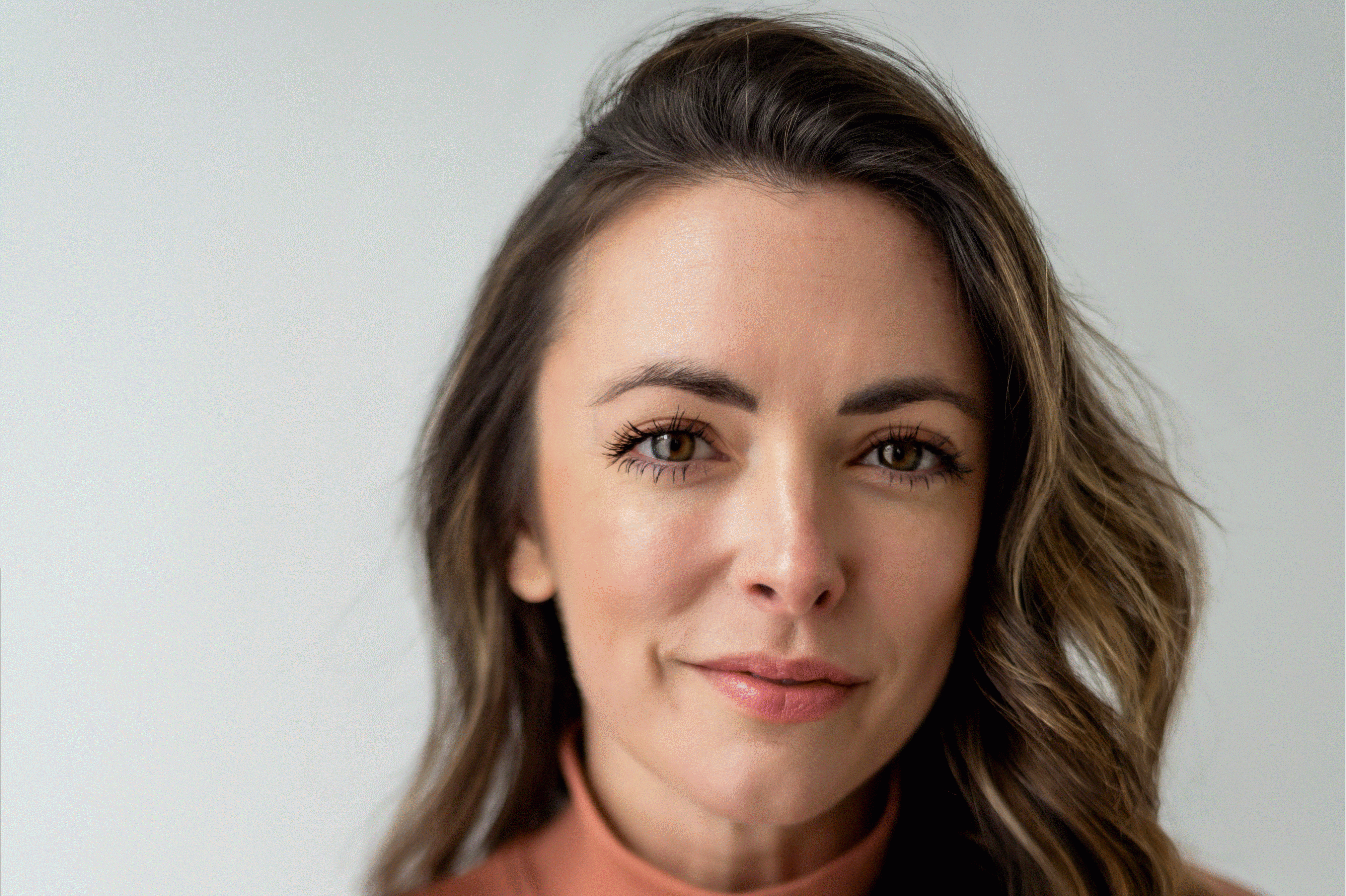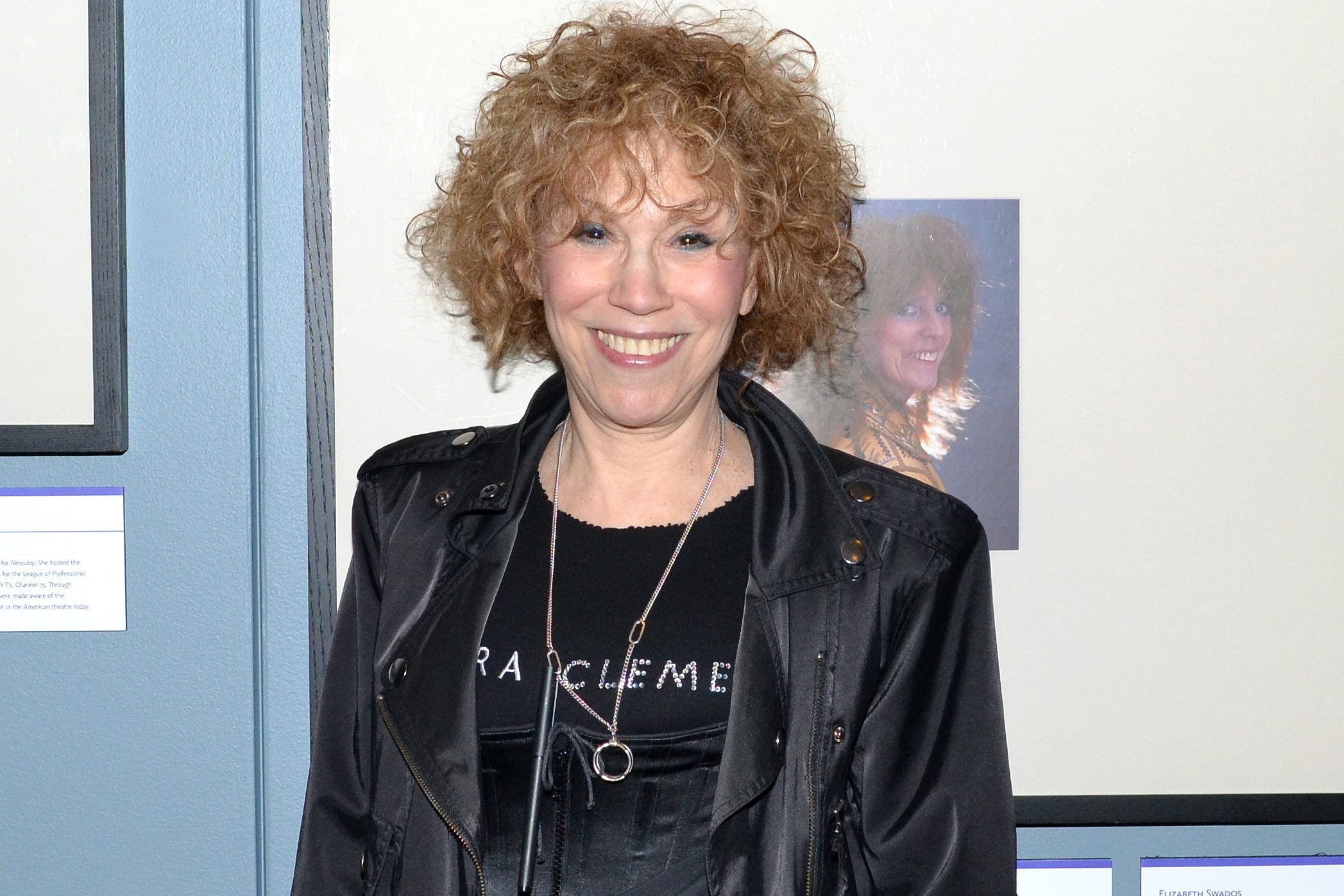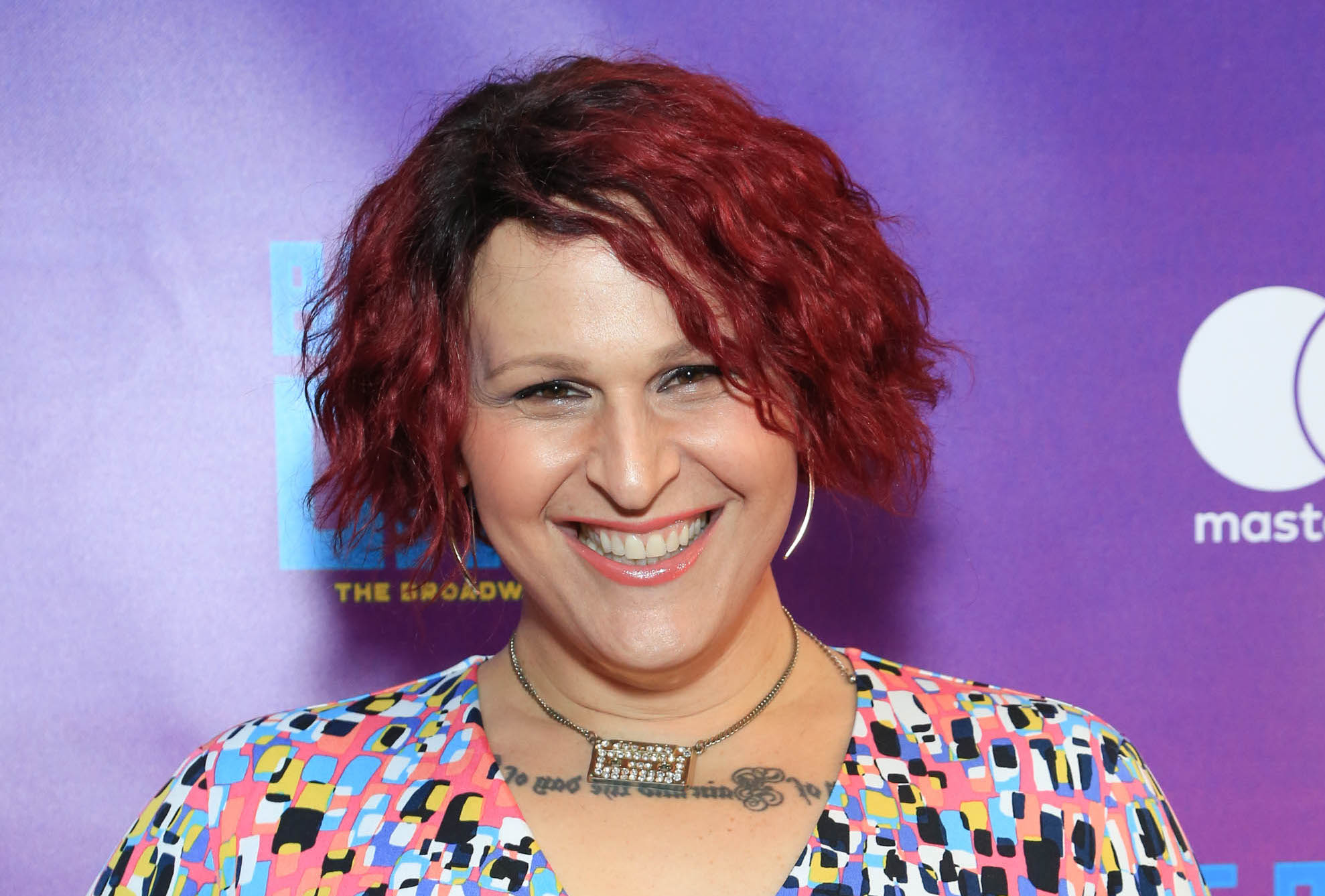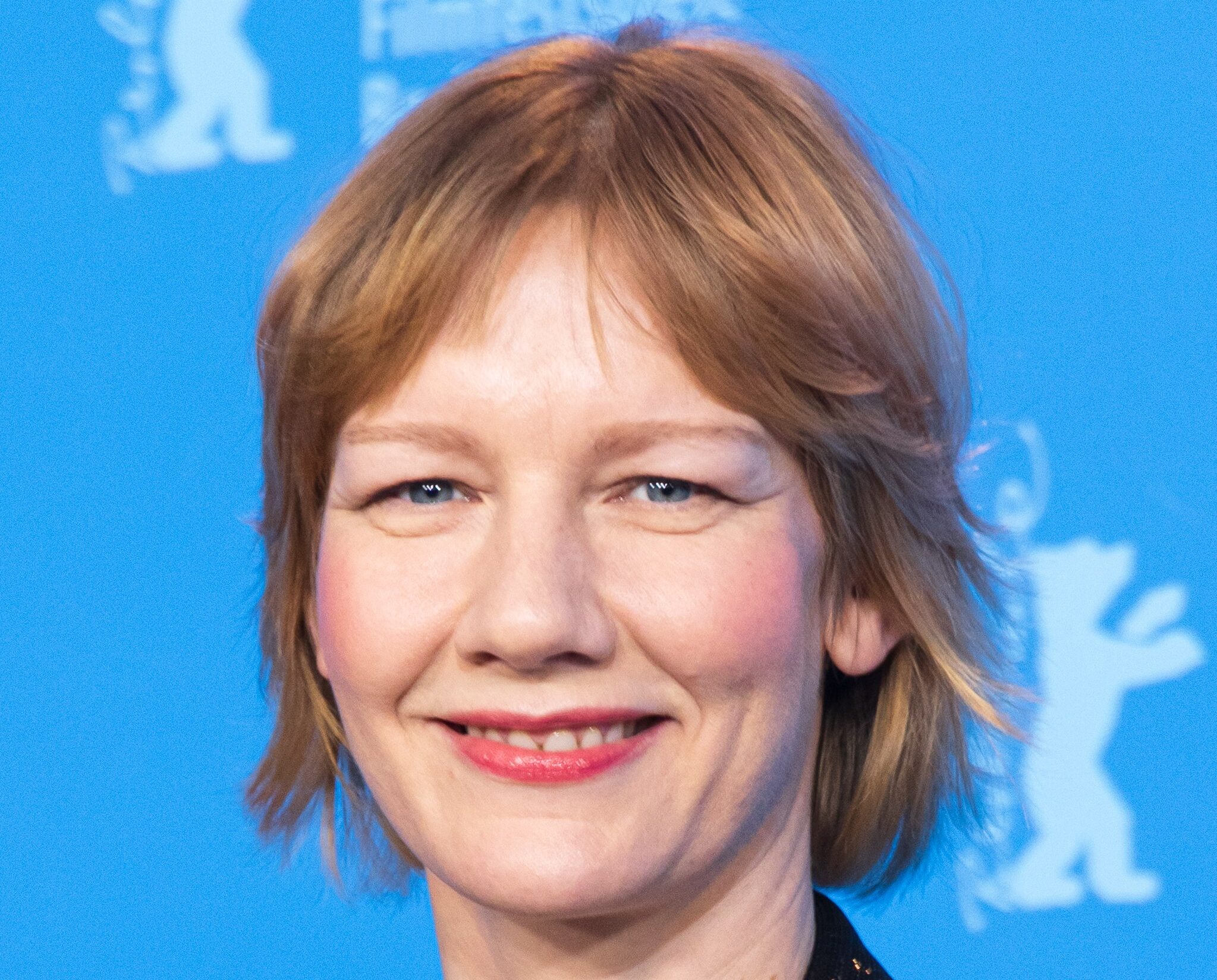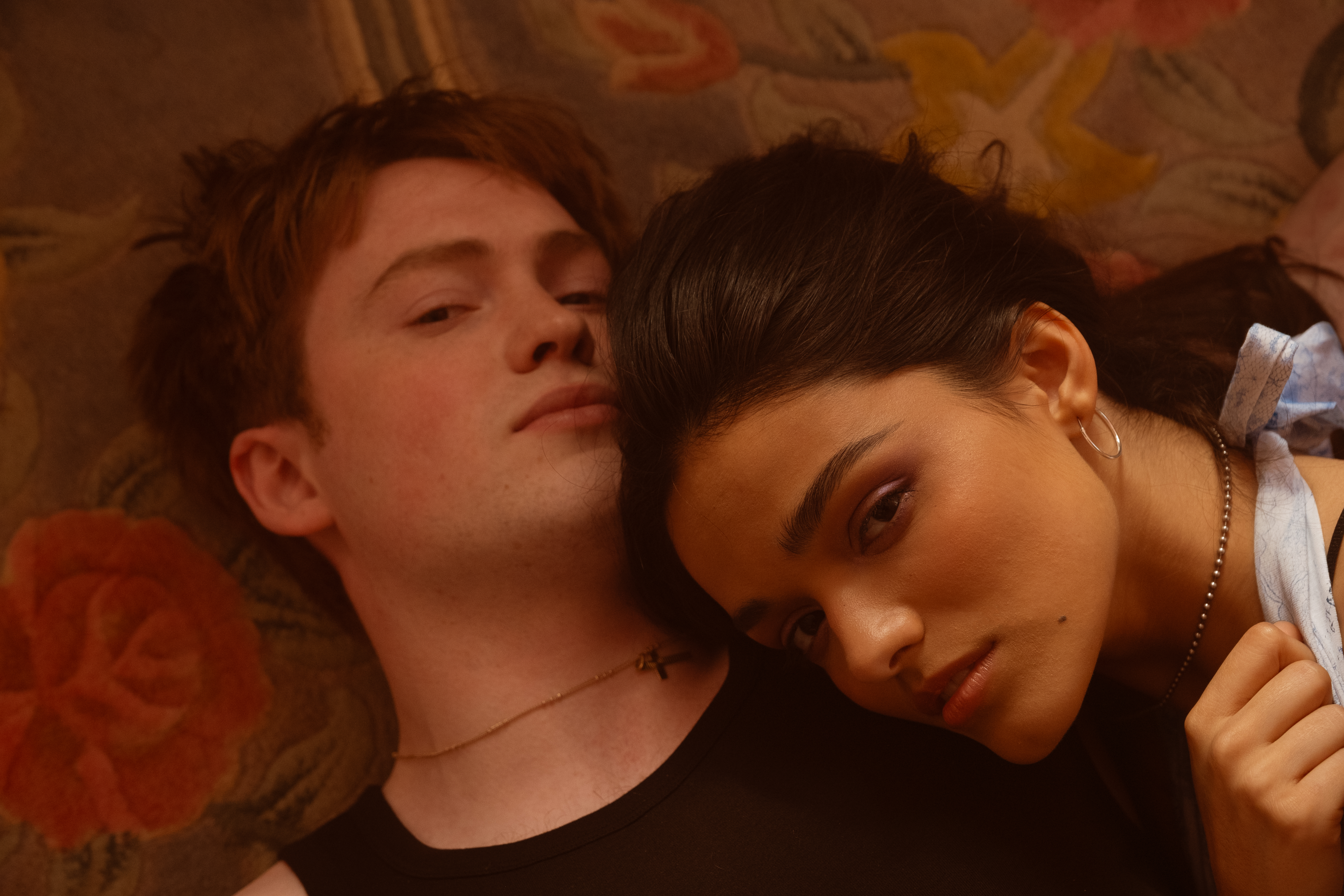Geisha Boy

Since its founding in 1995 by Gary San Angel, the Asian-American performance group Peeling has provided showcases for its multi-talented members in the form of short plays, performance pieces, and monologues. But the group’s current production, now playing at the Kraine Theater in the East Village, marks its first full-length work.
The tenor of the piece can perhaps best be summed up in its title–Vampire Geishas of Brooklyn. The day after opening night, TheaterMania spoke to Peeling member Dustin Chinn about the group’s latest theatrical adventure. Now in his third year with Peeling, Chinn is a co-director of the show.
********************
THEATERMANIA: Tell me briefly about what Peeling does.
DUSTIN CHINN: Basically, it’s an opportunity for Asian-Americans to write, perform, direct, and produce our own material.
TM: Do most members of the group wear many different hats?
DC: Yeah. We have a PR committee. We have a division called Superficial Inc., which deals with make-up and costumes. All of the members are part of some committee, either on the production end or the directing end.
TM: How do people usually come to Peeling?
DC: I came in through, more or less, a cattle call. The group has open calls for people to show up for some of the workshops and see if they like it or not. We recently had a recruiting drive where we led a workshop with the Asian-American Writers Workshop, then we had a six-week session where we introduced people who wanted to sign up and we showed them what we do. We did “free writes,” then improv exercises. We’d construct scenes based on the free writes.
TM: Did the people who came in have experience doing all of those things–writing, acting, etc.?
DC: It was a big mix. Some people didn’t have any sort of theatrical background; some were just writers, some were just actors. Eventually, the actors would learn how to write and some of the writers would go onstage. That trade-off is what I think makes the group unique.
TM: Peeling’s latest piece is called Vampire Geishas of Brooklyn. What’s it about?
DC: It’s basically a comic farce about a show within a show. It kind of pays homage to the roots of the group, because Peeling used to be all-male [it became co-gendered in 1997]. The story is about this all-female Asian-American performance group that decides to bring in men for their latest production and to create some sort of show that will bring in more money. Some of the members want to [deal with] heavy-hitting political issues, while others think that won’t sell. So it’s about the internal squabbles of this group.
TM: Is it based on actual events and issues that Peeling has dealt with?
DC: Well…very loosely. I don’t think we hate each other nearly as much as characters in the show do!
TM: Is everyone in Peeling involved in this production?
DC: No, we have several more members who are either working on other projects or taking a short break.
TM: Why do you suppose the group hasn’t presented a full-length production until now?
DC: Traditionally, we’ve done shorter autobiographical pieces. I think it’s taken us some time to build the kind of team atmosphere where we feel we can trust each other. The script is co-written by everybody. Since we have about 15, 16 people pitching in their ideas rather than one playwright–although we do have a dramaturg–it’s a lot of different perspectives.
TM: How did you manage to co-write a script with that many people? It sounds difficult.
DC: Yeah, it’s really difficult! Actually, the original impetus for the show was this one improv done by several of our members. Somebody wrote it out and we were so intrigued by the idea that we thought, “Hey, why don’t we make a full show out of it?” So what we did is everybody picked a theater job; I play a stage manager because I’ve done it in the past. People picked the roles they thought they’d like to play and then made up these characters, and we did a series of improvs. My co-director Jin [Auh] and I came up with starting and ending lines for scenes. We’d improv, then we wrote out the scenes and had our dramaturg Aileen [Cho] pore through and try to make continuity out of [the material].

TM: I’ve never heard of a play being written quite like that.
DC: [laughs] I don’t recommend it–not unless you have a group that really gets along with each other! It’s always been a goal of Peeling [to create a full-length work]–particularly of Jin, who helped restart the group after it had been in hibernation for awhile. I think everybody just came together. The new members brought a new kind of energy, the old members brought experience and familiarity with each other. I think a big part of it, even if something doesn’t work, is just making sure we listen to what everybody has to say.
TM: What are the challenges of co-directing a piece like this? Did you and Jin split up duties?
DC: In the past we’ve had co-directorship, but those were smaller, sketch-length pieces. Usually, it’s one of those things where Jin would offer her opinion first and I would follow up with something. We would take turns being the head person at particular rehearsals. We try to watch each other’s backs as much as possible. And, when you’re trying to keep track of 14 or 15 other actors, it really helps to have another pair of eyes.
TM: Do you think Peeling will produce another full-length work anytime soon?
DC: I’ve no idea if the group liked this process or not. It is very draining, so we need to see where everybody is at.
TM: Is there a lot of backstage drama like there is in the show, or are things pretty relaxed?
DC: It’s very well-organized and calm. It’s funny, because two of the characters who are constantly at each other’s throats are played by actors who are very good friends. So it’s kind of like those old Warner Brothers cartoons with the coyote and the sheepdog: When they’re offstage they’re friends, but onstage they’re clawing at each other. Actually, it’s been eerie how everybody gets along; I’m knocking on wood right now, just to make sure!





